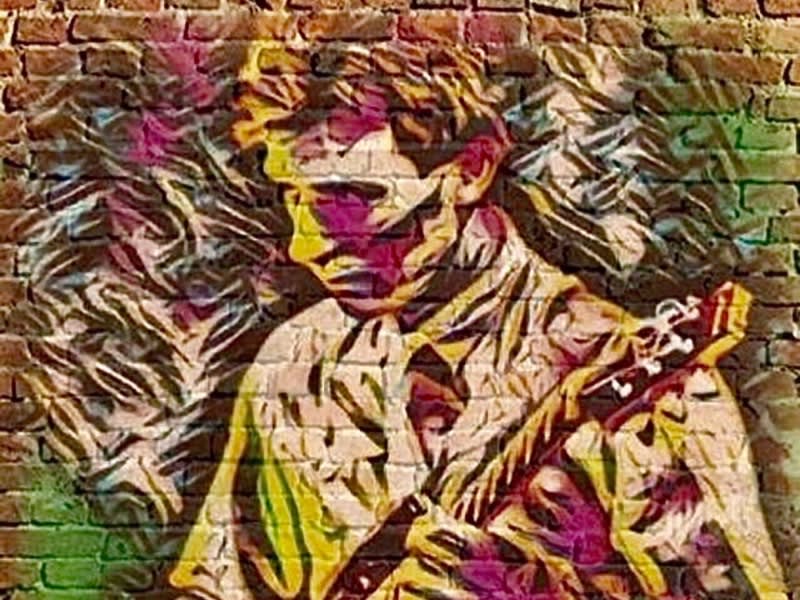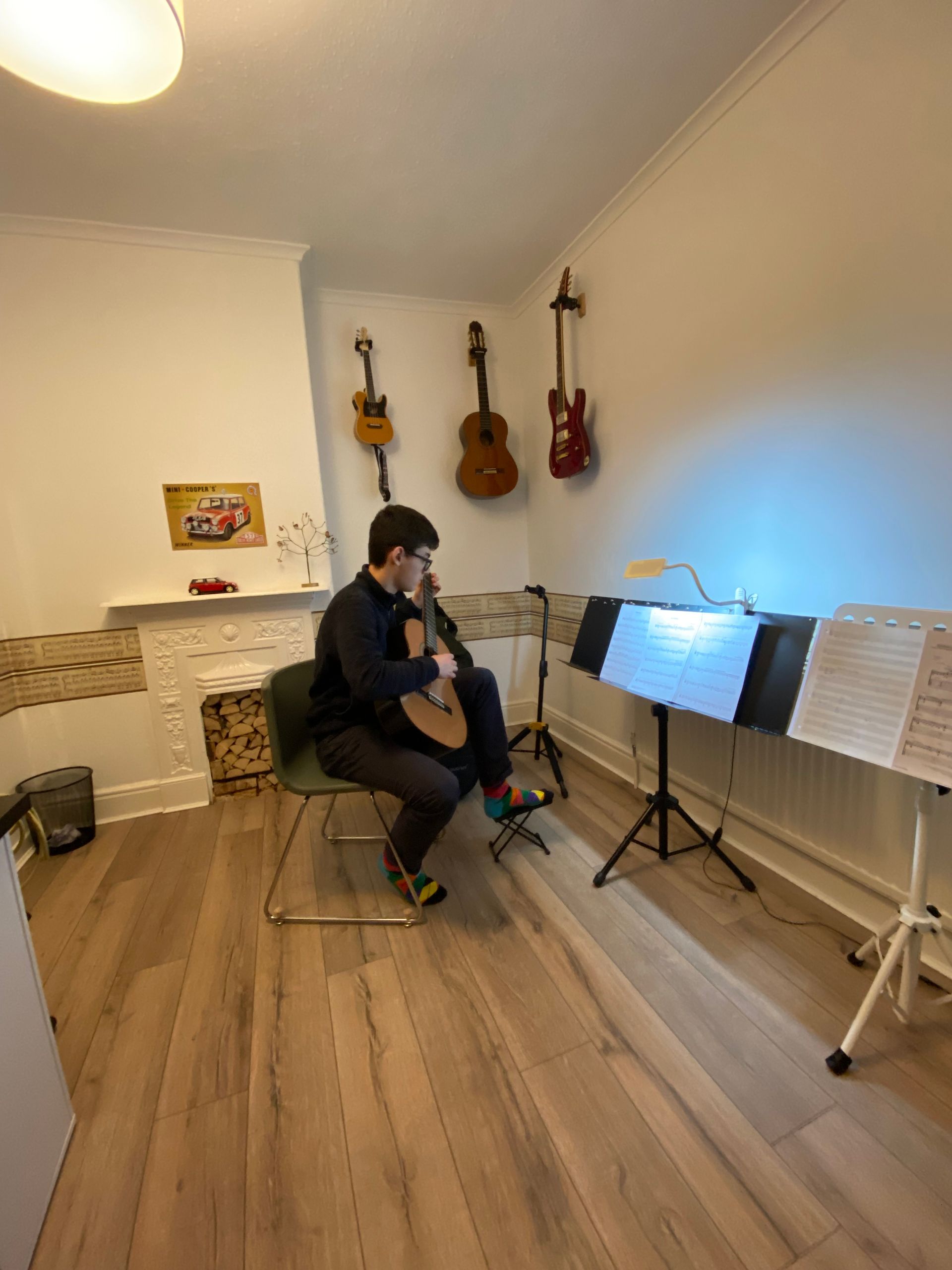Practising is an art in itself.....
9/5/25
INVESTIGATE METHODS OF PRACTISING!
Practising is an Art in itself......
It has to be learned, just as knowing where the notes are on the guitar has to be learned.
The first and most important aspect is to practise SLOWY and in time, even if the result
doesn't 'sound like the music'.
"But it doesn't sound like it," students often say.
That's because the rhythmic sense of the music is lost at very slow tempos but if you practise too fast, you will not be able to make the transitions and create the flow necessary to make the music 'sound right'.
Practising too fast is the most fundamental mistake people make and is usually due to impatience.
It's also often due to completely ignoring the timing and placing the emphasis on what people call "the tune".
The thing is, “the tune” *is* the rhythm. The two are inseparable.
Although a good method of understanding the time and rhythm is to play the melody on one note.
That way it's possible to hear the rhythm without the difficulty of moving to different notes and chords.
After mastering the rhythm on one note or chord, then include all the note and chord changes because it will be clearer to you what the rhythm should be.
It’s the time, rhythm and phrasing which creates “the tune” and that is why it’s so important to practise slowly and in time.
Time, rhythm and phrasing are the most important aspects of music and the most difficult to master for most people.
Get a good professional teacher and they will show you how to practise properly and save you a lot of time.
An experienced musician/teacher will be able to teach you various methods of practising which will help you to develop solid technique and a better understanding of the learning process.
Invest in a metronome.
Learn to count rhythms by developing a counting method for crotchets, (quarter-notes)
minims (half-notes), semibreves (whole-notes), quavers (eighth- notes), semiquavers (sixteenth-notes), the triplet version of all of those and also for tied and dotted note values in all the time signatures.
Learn how to count the equivalent rest-values.
In time and rhythm, silence is as important as sound.
Do not skip rests! Rests are as important as the notes.....
ON NOTE VALUES;
A crotchet (quarter-note) is not always worth one beat!
Learn to thoroughly understand time-signatures - note values are entirely dependent
on the time-signature!!
There's obviously more to it than those examples but you have to start somewhere.
Build a solid foundation....
ALWAYS PRACTISE IN TIME!
Time is what music *is*
There are also well-proven ways of reinforcing difficult technical passages.
It's to do with creating motor-skills which originate from the connections made in the brain.
A knowledgeable experienced teacher can show you how to do that.
Too complicated to explain here-sorry.
Westside Guitar Studio Guitar Lessons Sheffield

Westside Guitar Studio Guitar Lessons Sheffield


